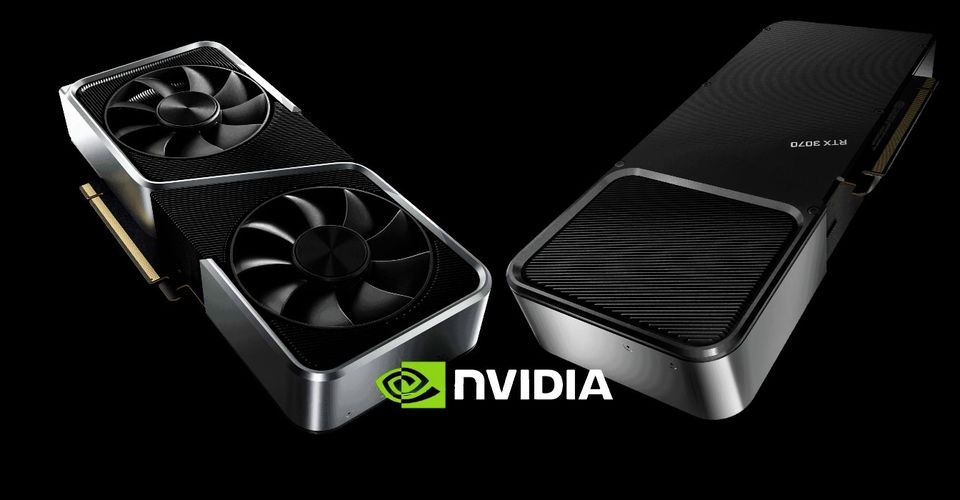GeForce RTX 3060 Vs. 3070: Best Nvidia Graphics Card Under $500?

The GeForce RTX 3060 and RTX 3070 are two of Nvidia’s most affordable but still highly capable GPUs. Choosing between the two comes down to what users plan on using them for, with better performance inevitably coming at a higher price. Last year, the RTX 3070 showed why there were many reasons to choose it over other GPUs in the lineup, aside from being the least expensive option at the time.
It came with all of the advantages that the latest Ampere architecture has to offer, and was even able to beat Nvidia’s previous flagship, all at a lower price. It didn’t take long before Nvidia started releasing a cheaper $399 alternative that was also just as capable namely, the RTX 3060 Ti. However, Nvidia recently announced that it’s giving consumers on a budget even more options by releasing its cheapest RTX 30 series GPU by far, the RTX 3060, starting next month.
So, the question remains, is the RTX 3060 the better option over the RTX 3070 just because it’s the cheaper one? According to Nvidia, the RTX 3060 is equipped with 12GB of GDDR6 memory, which is considerably bigger than the RTX 3070’s 8GB. The RTX 3060 also has the boost clock advantage at 1.78GHz compared to the RTX 3070’s 1.73GHz. Although the RTX 3070 does have a monumental difference in the number of its CUDA Cores, which amount to 5888, surpassing the RTX 3060’s 3584 by a huge margin.
Weighing The RTX 3060 And RTX 3070’s Pros And Cons

Now that the RTX 3070 is far from being the most affordable Ampere architecture GPU available, is it still worth considering for users on a budget? Well, that depends on what users expect to get out of their GPUs. The RTX 3070 will undoubtedly get better performance when it comes to gaming, as it lets users play games at higher frame rates than the RTX 3060 ever could. The quality of games running smoother and looking better on the RTX 3070 will certainly play a factor considering that it’s only about $170 more than the $329 RTX 3060.
That’s a small price to pay for extending the life of a GPU that’s more capable of playing future game titles instead of being outdated much more quickly, as might be the case with the RTX 3060’s fewer CUDA cores. Then again, it’s worth noting that the RTX 3060 still comes with all the benefits of the Ampere architecture, such as Nvidia Reflex, DLSS, Broadcast, and next-generation Ray Tracing Cores. The RTX 3060’s bigger 12GB GDDR6 memory is also a big plus, not just in gaming, but for content creators on a budget too, with it offering more leeway to work on heavier loads and more complex models. As with all the previously announced GPUs in the RTX 30 series, the biggest factor will still depend on availability. Given the RTX 3070’s previous stock issues, there’s every chance history will repeat itself once Nvidia’s cheapest RTX 3060 hits the shelves.
Source: Nvidia
About The Author


















